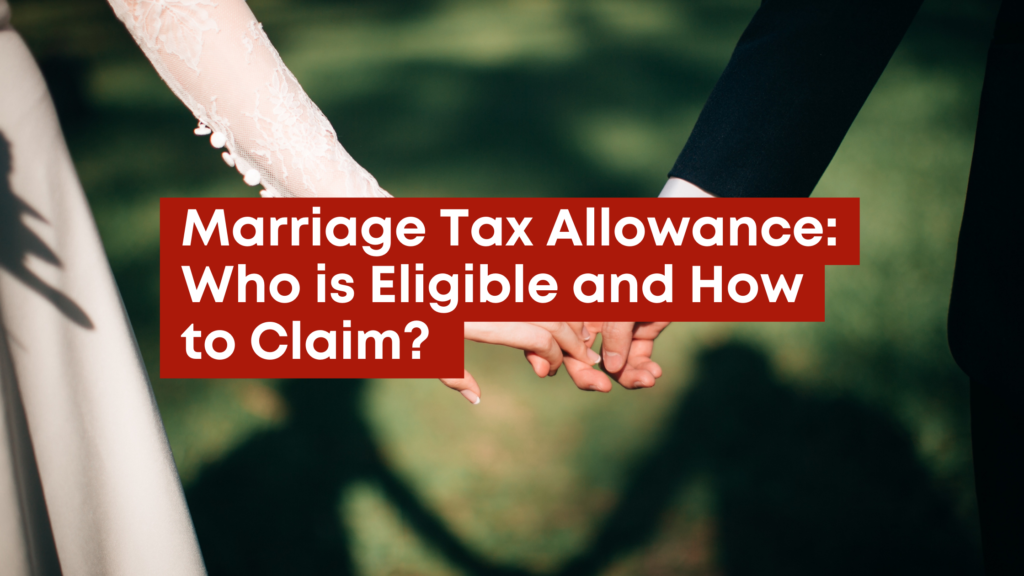National Insurance Contributions (NICs) are a key part of payroll costs for employers. Directors often face high NIC liabilities due to non-cash perks, known as Benefits in Kind (BIKs). These costs can add up quickly, especially with higher-value benefits. Fortunately, there are several strategies directors can use to reduce NIC costs on these benefits, improving financial efficiency for both the business and the individual. This article explores practical methods to minimise NIC costs on BIKs and ensure that directors make the most of the tax-saving options available.
What Are Benefits in Kind?
Benefits in Kind are non-cash benefits offered to employees as part of their compensation package. They are often taxable and can increase both personal and employer NIC liabilities. Examples include private medical insurance, company cars, or childcare vouchers.
How National Insurance Applies to Benefits in Kind
Employers must pay Class 1A National Insurance on the taxable value of Benefits in Kind (BIKs), such as company cars or private medical insurance. The current rate is 13.8%, rising to 15% from 2025/26. Class 1A NICs are calculated as a percentage of the benefit’s cash equivalent value, which is reported annually on the P11D form or through payrolling. These contributions are separate from employee income tax and must be paid even if employees claim tax deductions for business-related use. Accurate reporting is crucial to avoid penalties.
Ways Directors Can Reduce National Insurance on Benefits in Kind
Reducing NIC costs requires careful planning and strategic choices about the benefits offered. Here are some effective methods:
Use Salary Sacrifice to Lower NIC Costs
Salary sacrifice schemes allow employees to exchange part of their salary for certain benefits, such as pension contributions or electric vehicle leases. This reduces their taxable income, lowering both employee and employer NIC liabilities. It’s a straightforward way to save money while offering valuable perks.
Choose Tax-Efficient Benefits
Some benefits are exempt from NICs or taxed at lower rates. Directors can opt for tax-efficient options like ultra-low emission vehicles, cycle-to-work schemes, or training courses to reduce liabilities while enhancing employee satisfaction.
Review Expensive BIKs That Increase NIC Costs
High-cost benefits like company cars with high emissions or private fuel allowances can inflate NIC costs significantly. Reviewing these perks and considering alternatives such as asking employees to repay private fuel costs can help reduce liabilities without compromising employee benefits.
Leverage Employer Pension Contributions
Employer pension contributions are not subject to NICs. Directors can structure compensation packages to include higher employer pension contributions rather than salary increases. This strategy not only helps reduce NIC costs but also supports the long-term financial goals of employees.
Maximise Employment Allowance
The Employment Allowance allows eligible employers to reduce NIC liabilities by up to £10,500 annually. Directors must ensure they meet the eligibility criteria, such as the type of business and total NIC liability, and employment structure, to effectively utilize this allowance.
Consider Threshold Changes
Starting in April 2025, the secondary threshold for employers will drop from £9,100 to £5,000. This will increase NIC liabilities for many employers. Therefore, it’s crucial to make the most of allowances like the Employment Allowance to manage costs effectively.
How to Report Benefits in Kind to Reduce NI Costs
Accurate reporting is crucial for compliance and cost management. Currently, employers report BIKs using forms like the P11D, submitted to HMRC by 6 July after the end of the tax year. From April 2026, real-time reporting for BIKs will become mandatory, requiring employers to process taxable benefits through payroll. This change will ensure monthly tax collection instead of year-end adjustments, which may necessitate updates to payroll systems and processes.
Ensuring proper documentation and timely submission avoids penalties and ensures smooth operations. Seeking professional advice can also help identify additional savings opportunities during reporting.
Reducing NIC costs on Benefits in Kind requires strategic planning and compliance with HMRC rules. Directors should focus on offering tax-efficient benefits, leveraging salary sacrifice schemes, and reviewing costly perks that inflate liabilities. Professional tax advice ensures the effective implementation of these strategies while maintaining compliance and employee satisfaction.





